What kind of architecture is the most suitable for AI?
The architecture of the Superdutch is already reduced to diagrams and blue foam models allowing for brute force prototyping.
Ten ideas are created everyday per person on teams of ten people in firms like OMA, JDS, and BIG etc. That’s a hundred ideas per day in blue foam and diagrams. The favorite ideas are selected daily so that a hundred new variants can be created the day after. This process is repeated over a few weeks resulting in hundreds and sometimes thousands of prototypes.
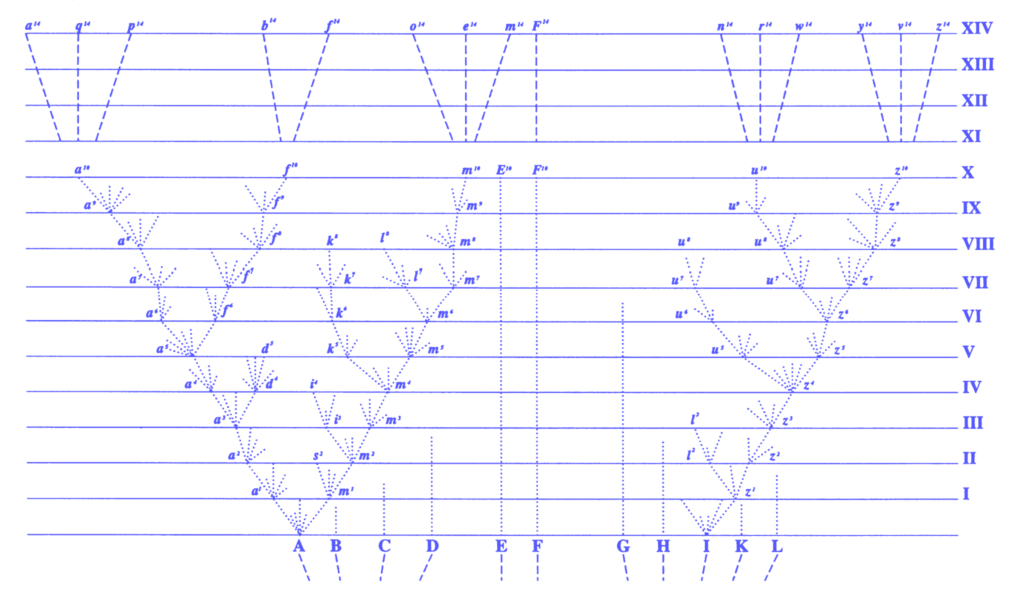

This work is only possible with the toxic all-nighters that are a common practice within the architecture profession. We questioned if AI could be used as a tool to replace the extreme hours of labor with something faster and more thorough leading to a better profession?
“OMA is famous for two things: its astounding output, and the extent to which its operations chew through the majority of the human capital that walks through its doors.”
Bryan Boyer, 2012
Workflow: 3DGAN
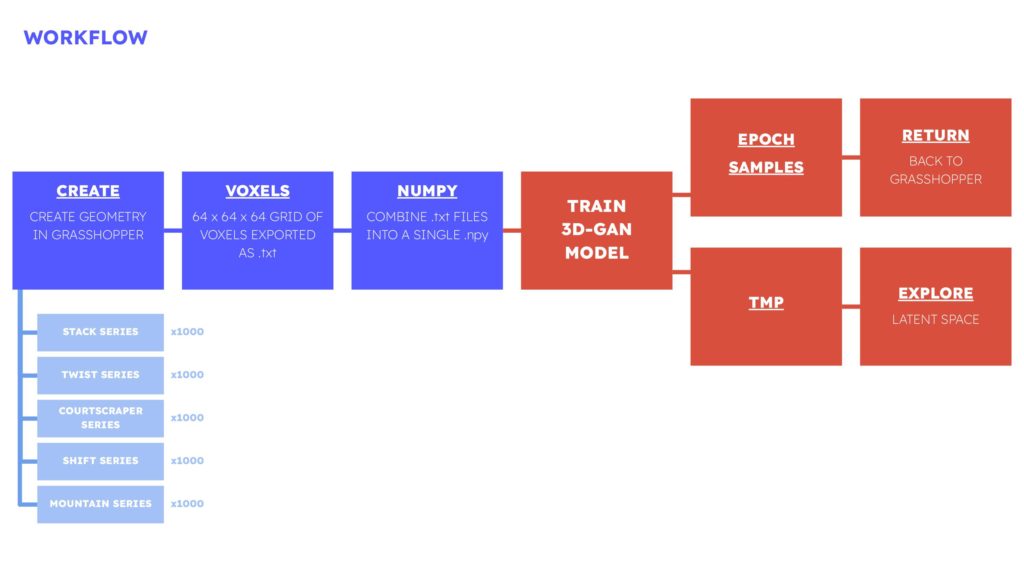
Our workflow started by creating five design series in grasshopper generating one thousand variations from each series. These were automatically converted to voxels in the grasshopper script and exported as a .txt file. These text files were combined into a num py array. This could be used to train the model over many epochs.
Stack Series

Our first design series to create was based on The Interlace by OMA / Ole Scheeren (2013)
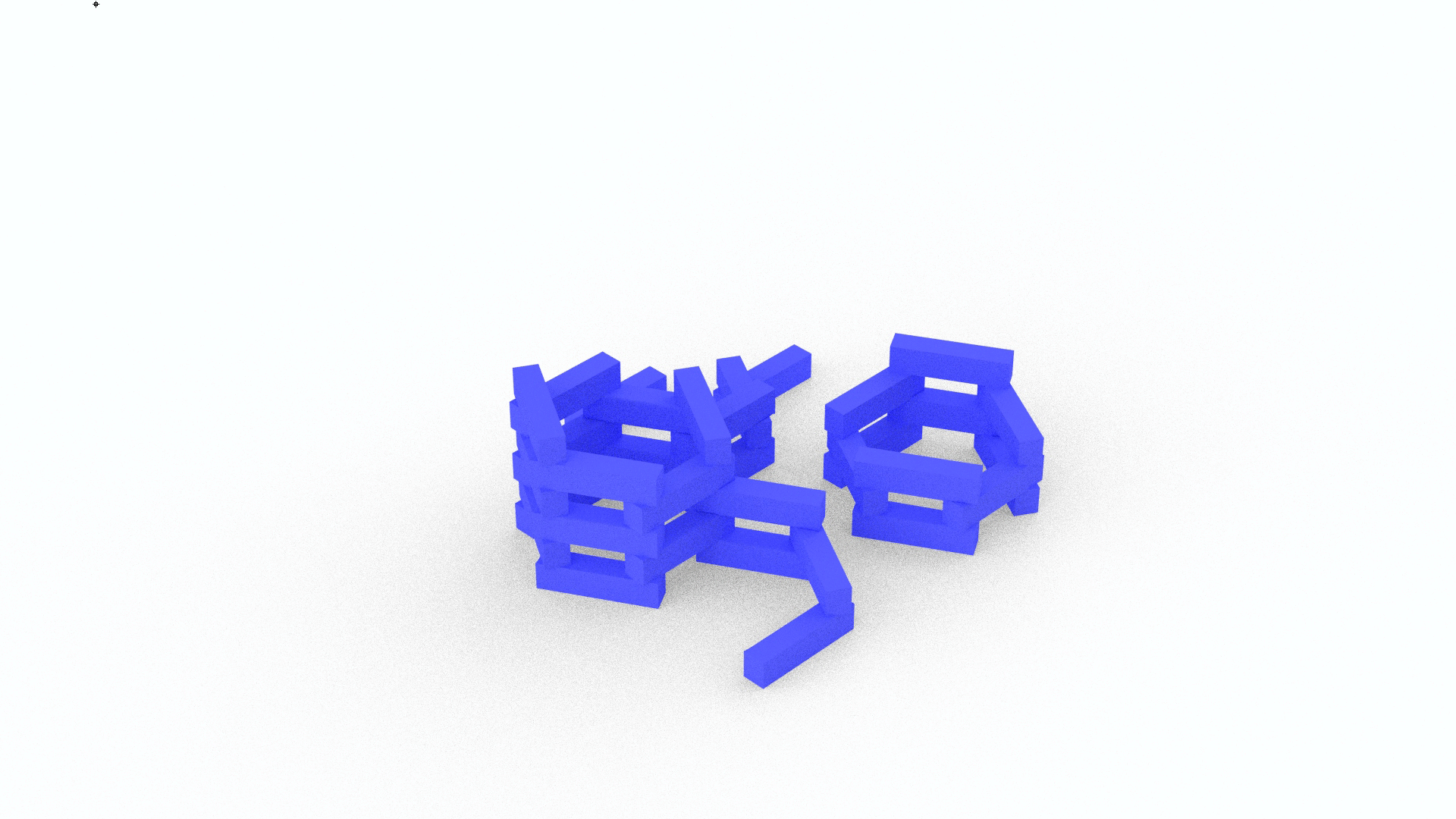
We generated the geometry for the stack series in Grasshopper using stochastic aggregation in WASP varying the total number of parts to create 1,000 samples.
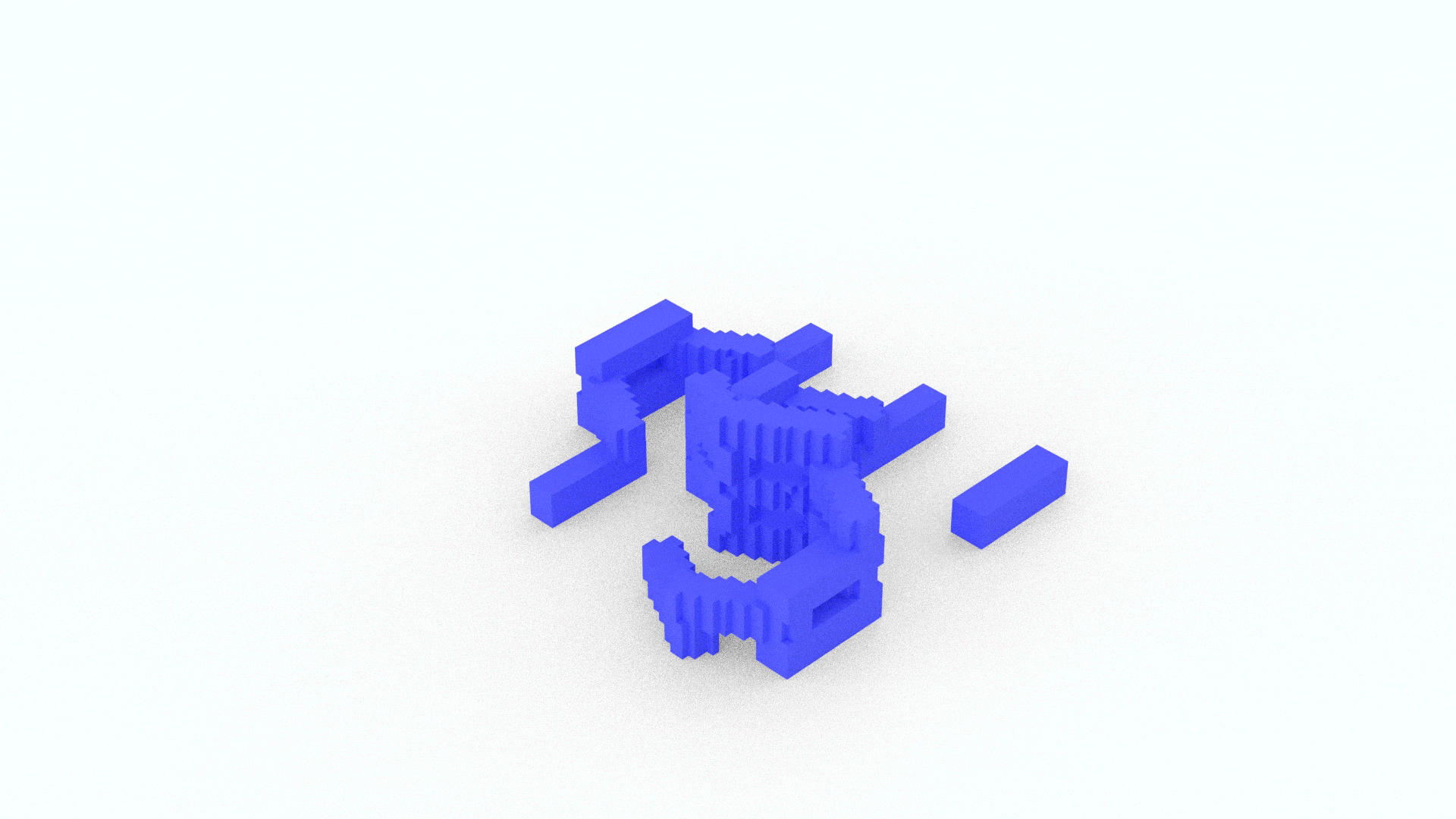
These samples were all voxelized using a 64 x 64 x 64 grid.
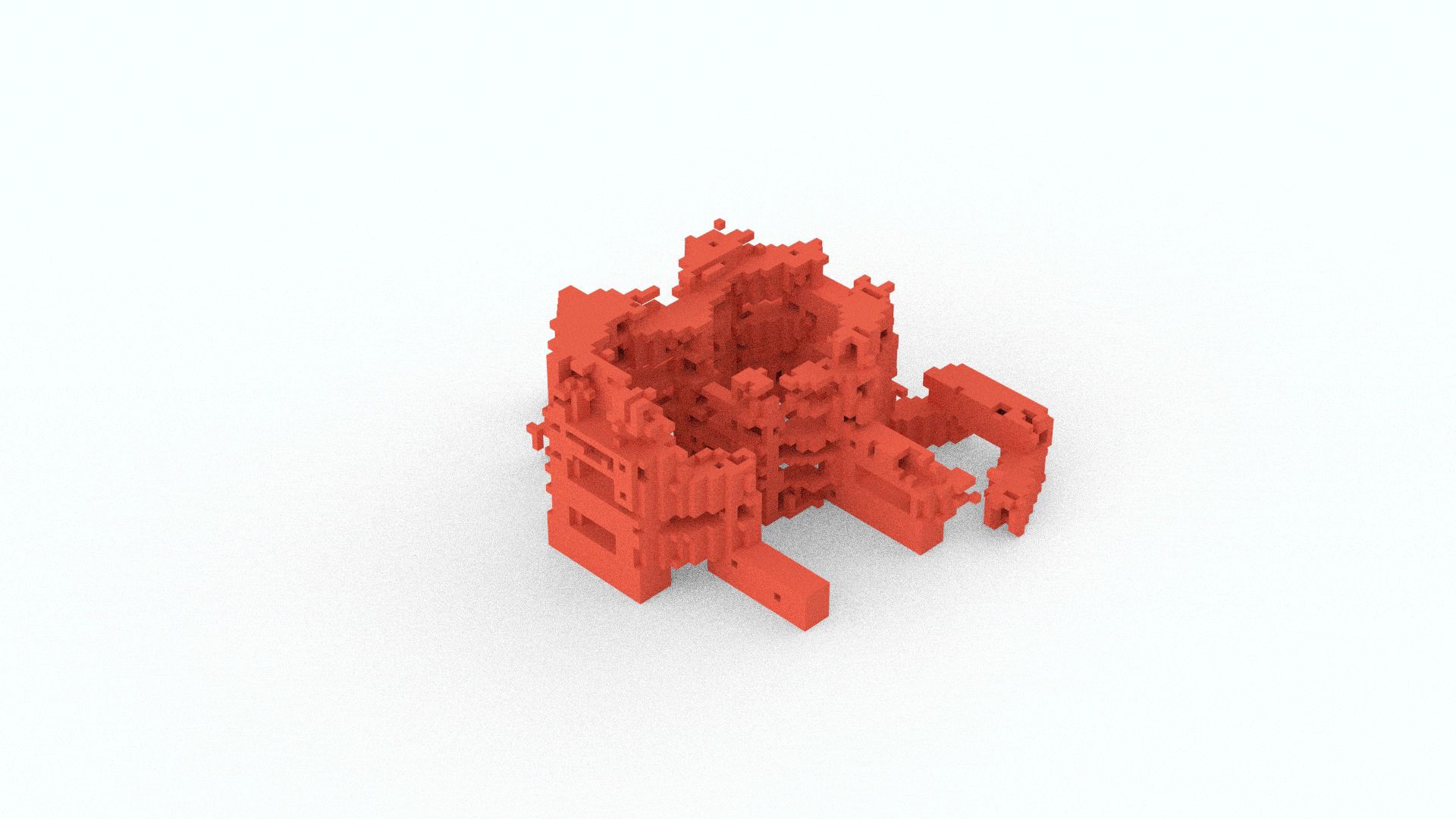
The model was run for 4,400 epochs resulting the geometry above.
Twist Series

JDS 2008
Our second design series is the twist series based on a number of older design by PLOT which became BIG (Bjarke Ingels Group) and JDS (Julien De Smedt)
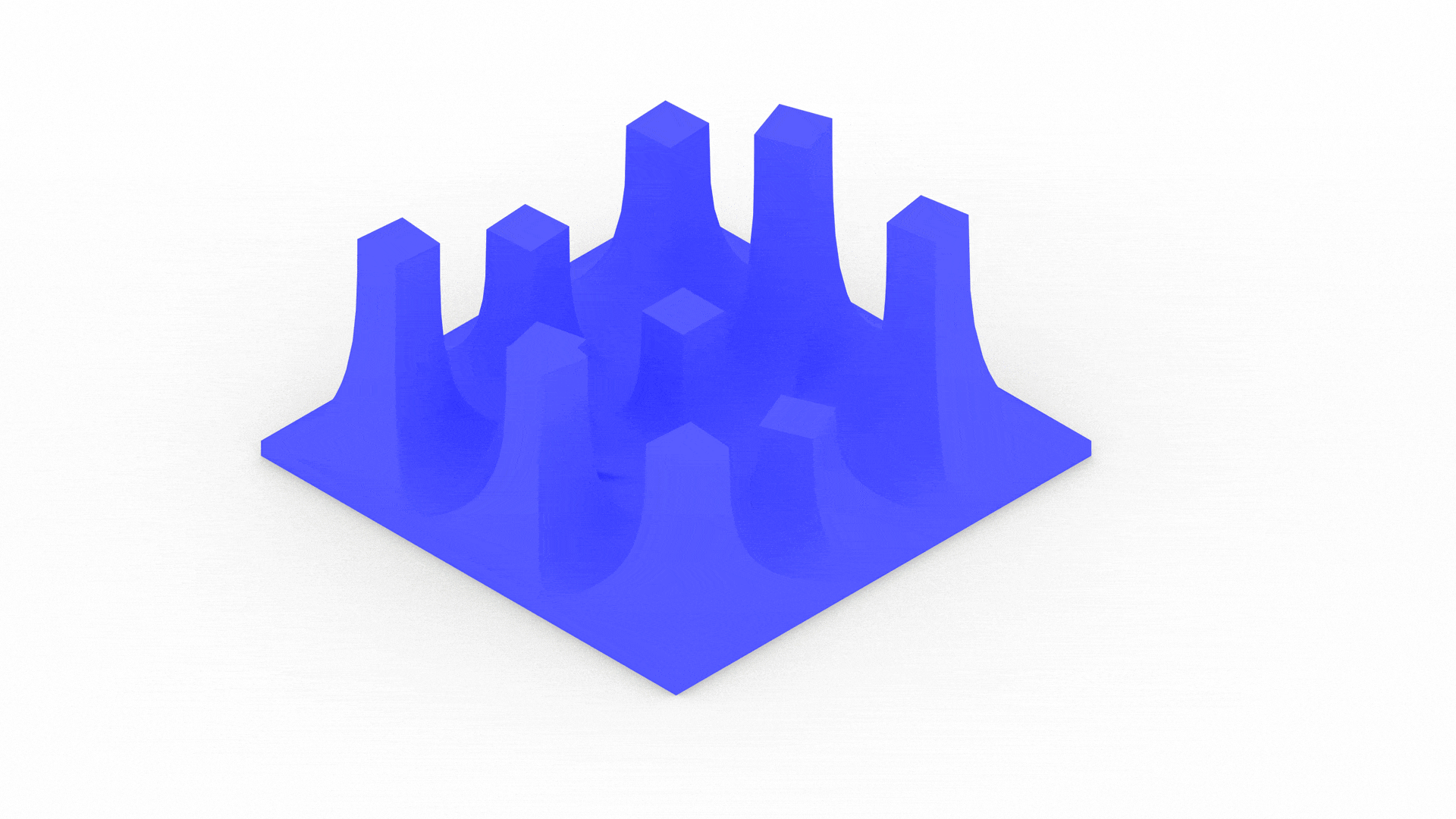
1,000 samples were generated by varying a seed value and also changing the number of towers.
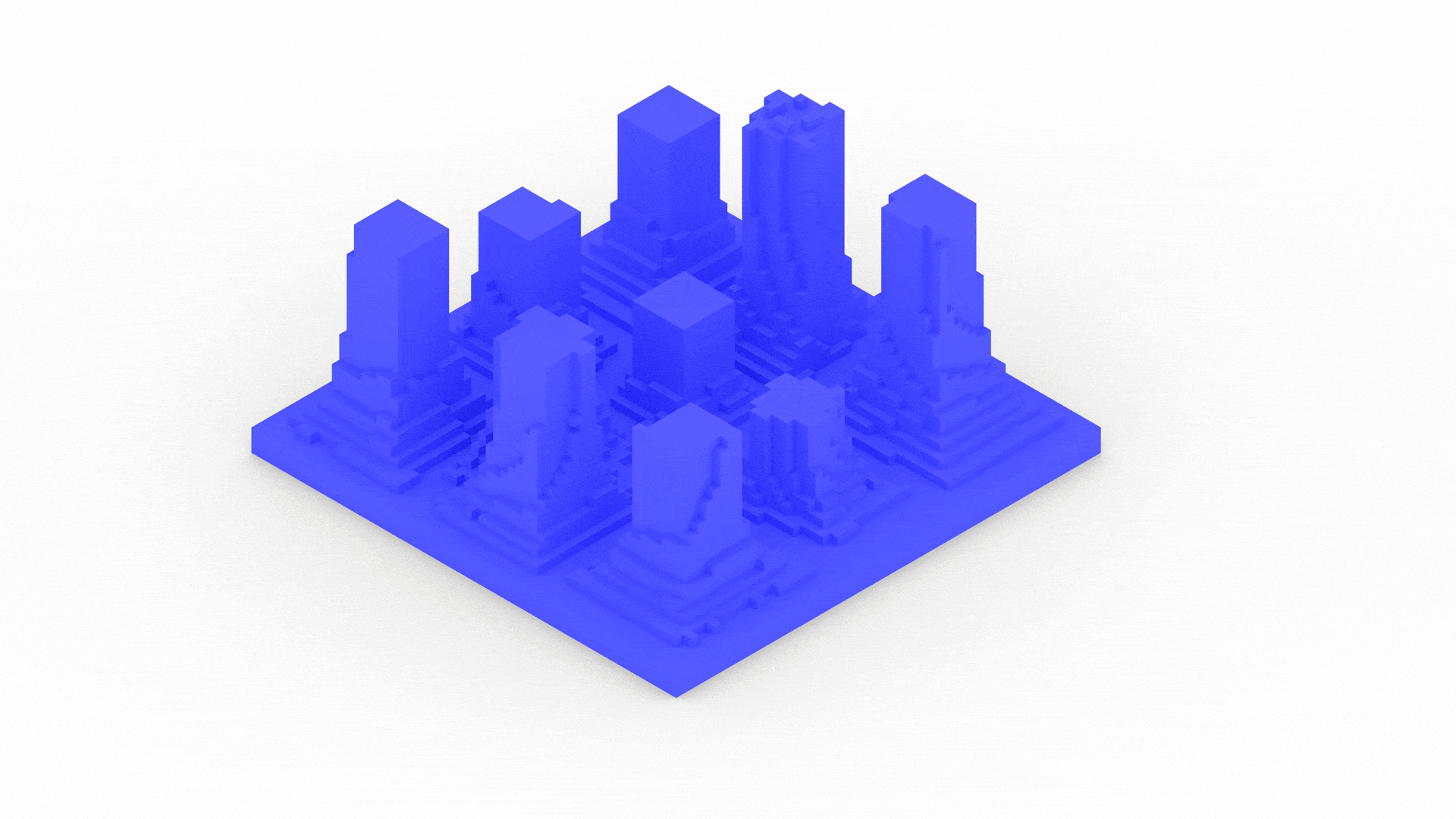
These were also converted to voxels using a 64 x 64 x 64 grid.
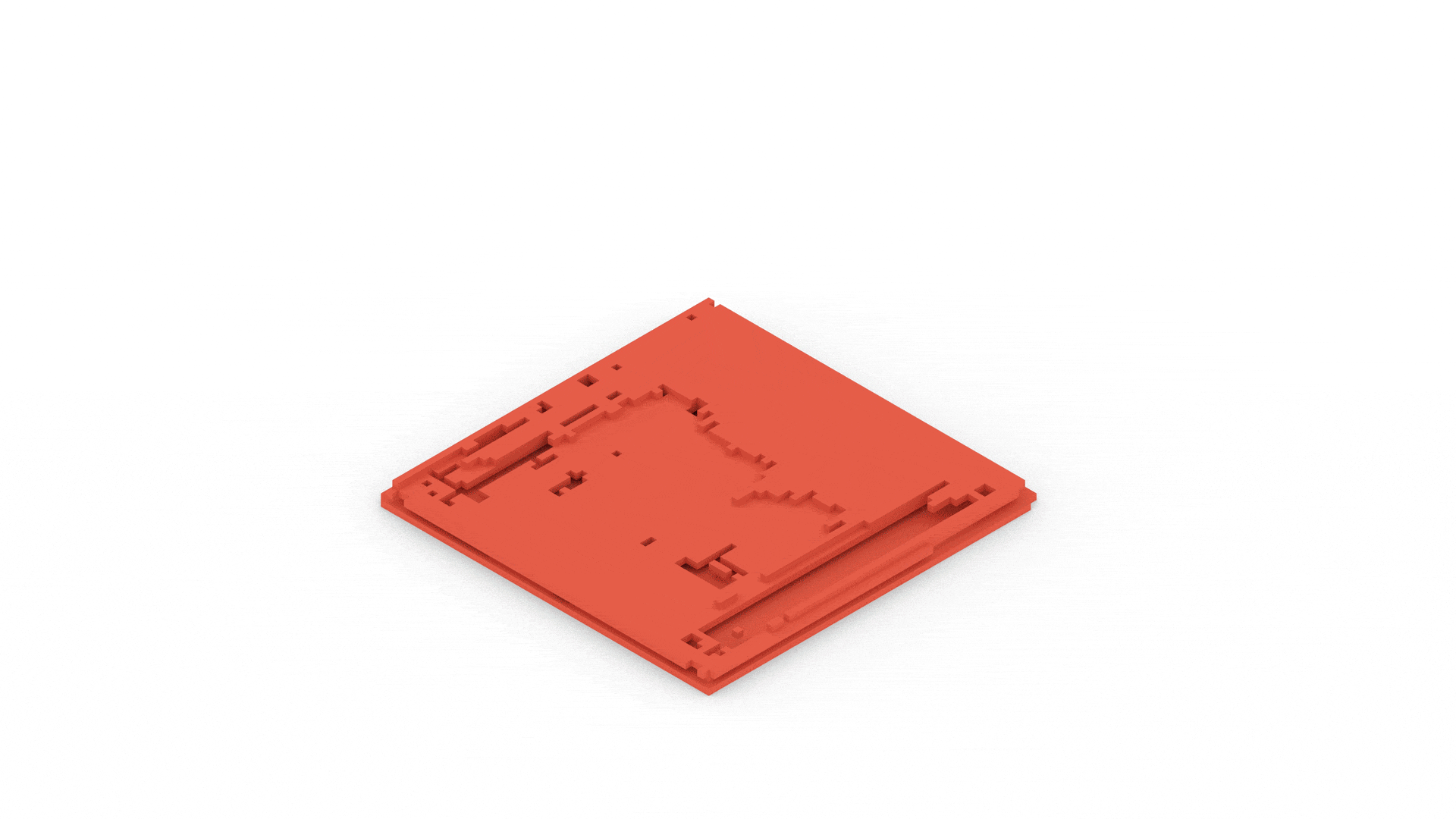
This time the model was run using a pro account with A1 GPU runtime allowing for far faster processing time that we estimated was fifty times faster. This model was run for 9,000 epochs and closer resembled the original geometry after that amount.
Other Series
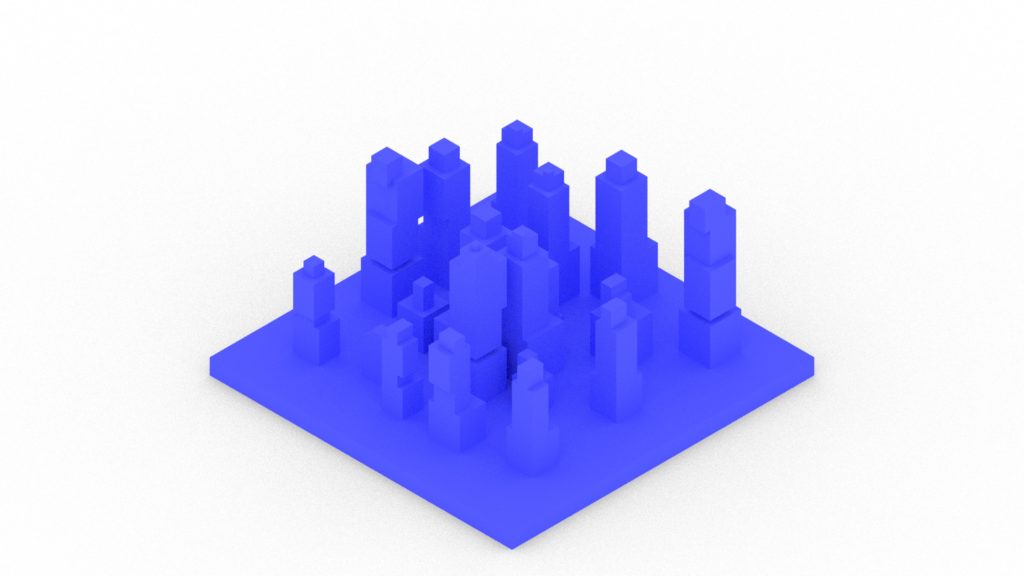
The Shift Series is based on the NEW Museum by SANAA in New York City of which the number of towers were varied as well as the height of the towers and the shift patterns.
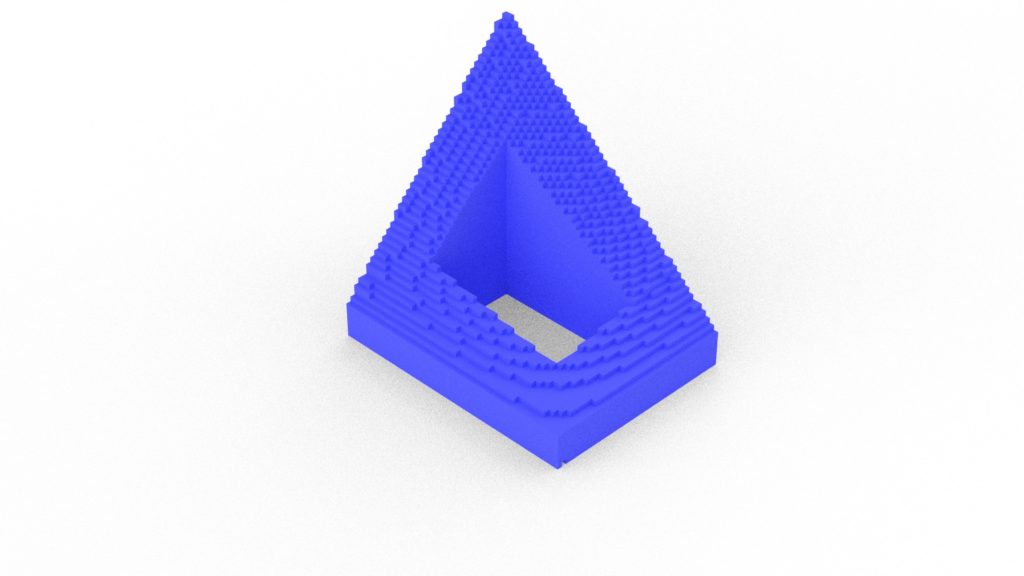
The courtscaper series created 1,000 samples similar to VIA 57 WEST building by BIG (Bjarke Ingels Group) in New York City.
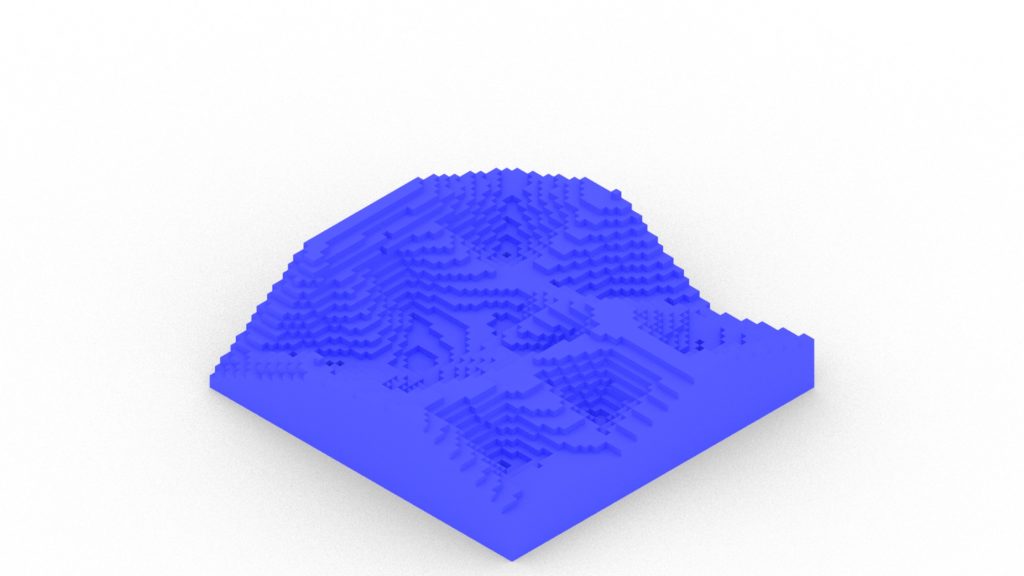
And lastly the mountain series created 1,000 mountain-like geometries
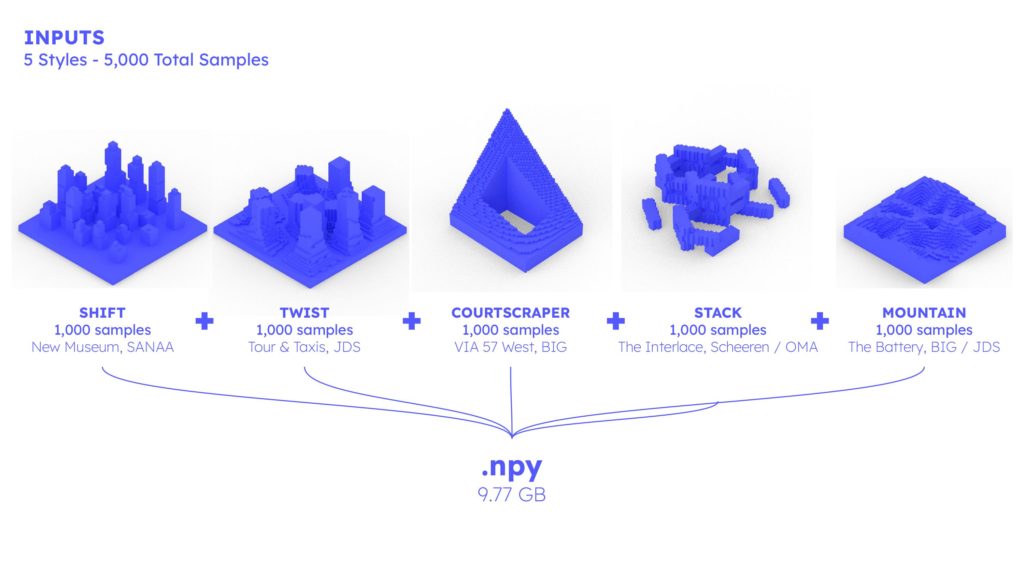
1,000 samples from each of design series were combined in a single .npy file that was 9.77 GB.
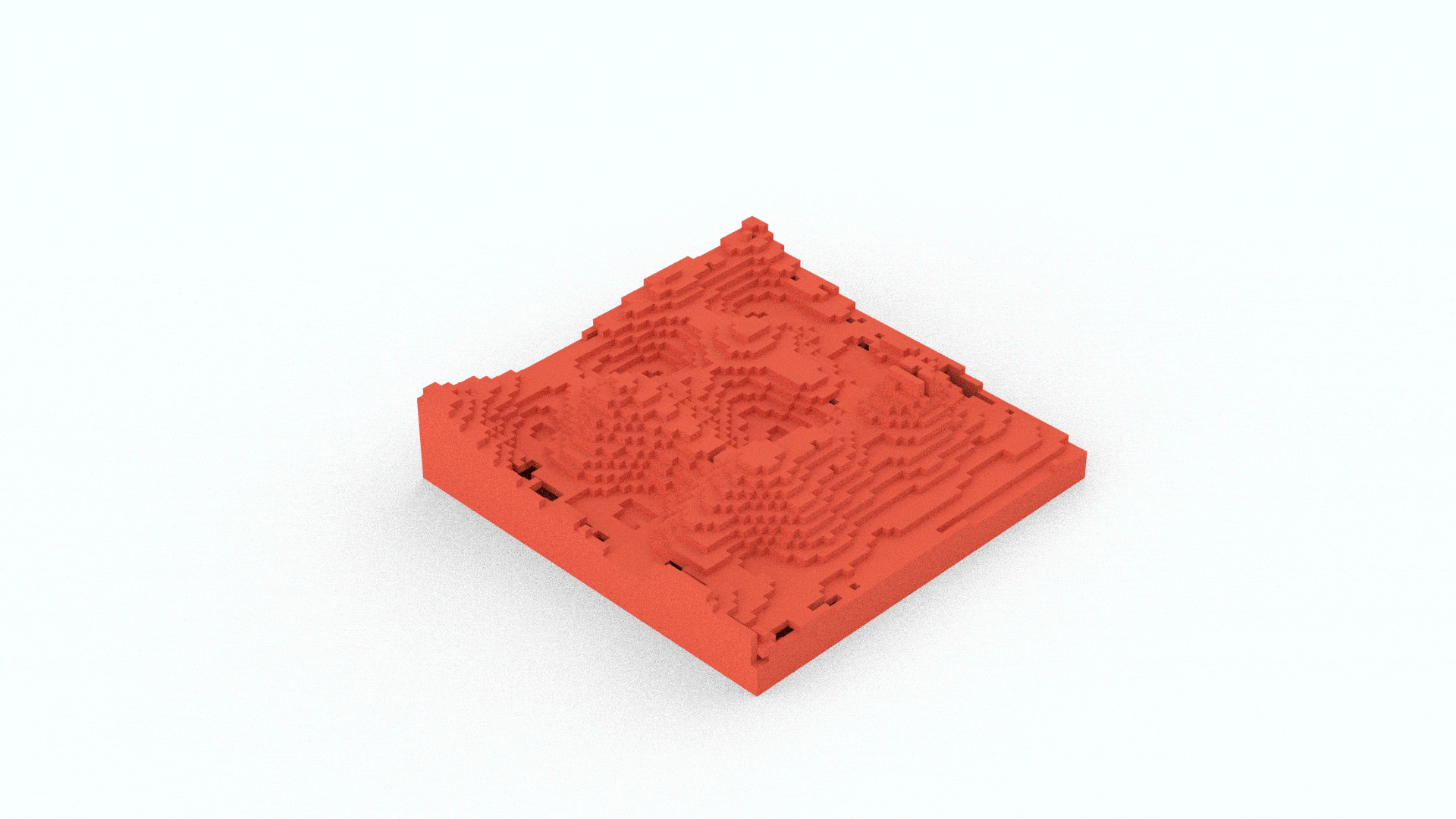
This model was run over 30,000 epochs that began to show the various design styles come through.
Interpolation of Latent Space
Coming soon

